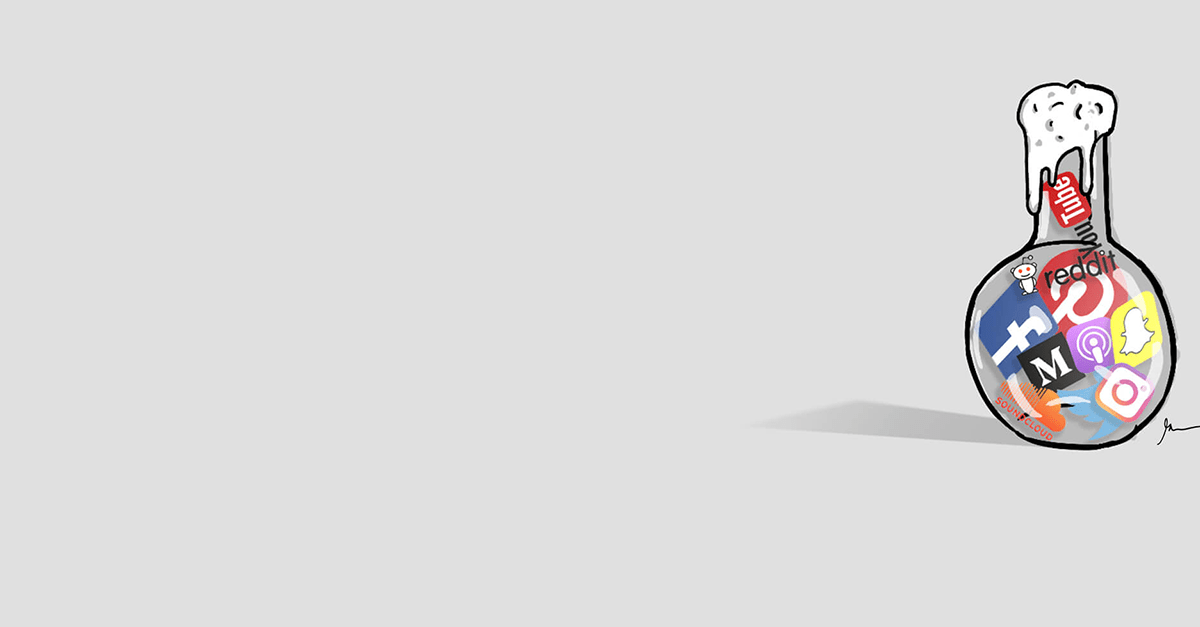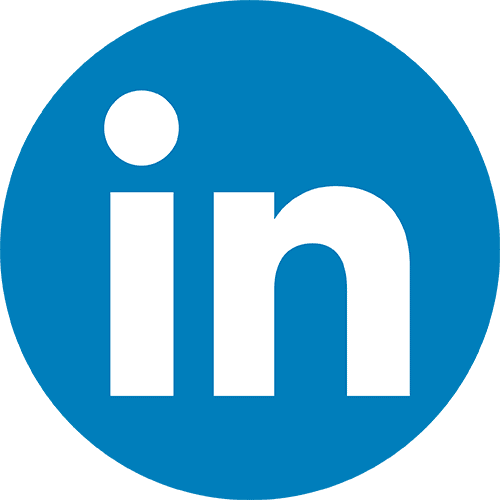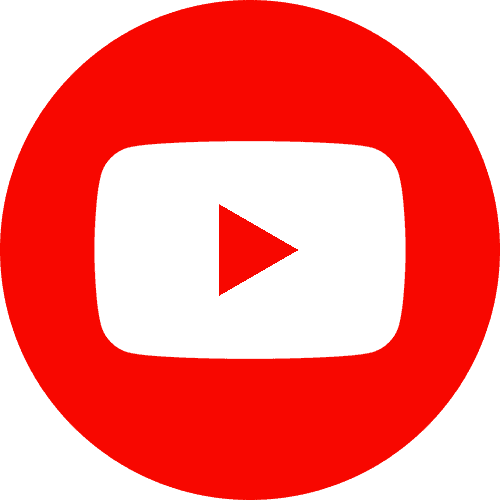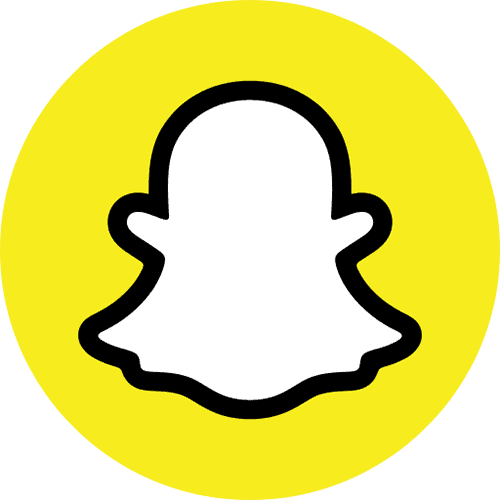For me, I’m only interested in one thing. The thing that binds us all together. No matter who you are or what your profession is – whether you’re an entrepreneur or in sales or a designer or a developer – no matter what you do, your job is to tell a story.
That is never going to change. The way you build your business and the way you make real impact is by great storytelling.
This is REALLY important.
We all need to reverse engineer what’s actually happening in our world to win. My whole career has been predicated on reverse engineering – Understanding what I think is going to happen in the next 24-36 months and then figuring out how to work backwards from there to map out the path to capitalize on it.
My biggest problem right now, in general, is that I feel that the far majority of people in business organizations and media companies all across the board are storytelling in 2019 like it’s 2009. It’s all I think about.
HOW TO TELL A STORY ON SOCIAL MEDIA
I spend an enormous amount of my time trying to figure out how to storytell in micro moments because it’s apparent that we’re living in an ADD culture – where everybody is short on the only commodity that matters in this life – our TIME.

The notion of storytelling hasn’t changed but the mediums through which we tell the stories have. With the advent of social and ever-evolving consumer attention, you now have to tell a story in new and interesting ways, be it 6 seconds or 60.
I’m obsessed with the idea of finding ways to tell a story that grab your attention the moment you take out your phone and scroll through various social platforms. That’s the game we’re playing. That’s what you have to focus your energy on.
We don’t sit on the couch with a remote in our hands, bound by the TV Guide schedule, with only a few channels to choose from. Whether you like it or not, we live in a world where there’s obnoxious amounts of information getting thrown at us and unlimited amounts of outlets to consume that information which is entirely accessible on our own time. We live in a completely on-demand culture and as consumers and marketers, we need to recognize that.

The media landscape has completely changed. We live in a world where people only watch TV when they want to and can consume entire seasons of their favorite shows in one night.
And that’s just entertainment consumption. What about our communication?
How many people reading this article are upset when somebody calls them?
The mediums have changed. We would much rather have you send a text or a tweet or a Snap to communicate because we can get to it on our own time. It’s the new model of storytelling and whether we like it or not, it’s not going anywhere. It reminds me of a recent article that explains this transition. Or the fact that Facebook and WhatsApp process more than 60BN messages a day. Over 3X that of even standard SMS!
And so, to tell a great story, the number one thing you have to do is evoke a reaction. The end.
If you do it right, your audience will be willing to sit down and pay attention to you for longer than they normally would. Think about it… so many people binge watch Game of Thrones or House of Cards for 15 hours a day on the weekend. People will sit and have a Marvel movie marathon and spend the next 24 hours straight watching Marvel movies.
So at the end of the day, it’s not really about whether someone has time for your content or not. It’s about whether or not they find it interesting.
Even though people will sit for hours and watch movies, they’ll scroll past a 1-minute Instagram clip if they’re not into it.
GREAT STORYTELLING ON INSTAGRAM, FACEBOOK, SNAPCHAT, AND YOUTUBE
In a world where there’s a an enormous amount of social content, if you don’t make someone stop what they are doing and create a response, you are going to lose. Whether that’s an action or an emotion, the true test of storytelling is how you feel or what you do after you consume it.
A few months ago I bought flowers for the entire NYC VaynerMedia office. It wasn’t a holiday and therefore it was entirely unexpected so it evoked a feeling of surprise and delight. People were pleased and the reaction was a mix of happiness, positivity and a boosted morale. If that day was Valentine’s Day it might have been a little bit more expected and the story would have been more cliche and therefore wouldn’t evoke as much of a response. It’s all about the setup, the punchline and hacking people’s expectations.
In a sea of a million stories, a great one is going to make you react.
When I sit here and evaluate the differences between blockbuster Hollywood and social media, I think about context. The actual story can be quite similar but you have to consider the room you’re telling it in.
If you’re telling a story from a park bench to three old guys playing chess you’re going to present it a little differently than you would sharing that same story in an auditorium at Radio City Music Hall. It all depends on the room you’re in and the context with which it lives.
Do people want fireworks and embellishments and fancy set design because they have paid $190 a ticket and dressed up and went to Broadway or are they willing to accept the 60 second story on social media in between checking emails or walking to lunch?

HOLLYWOOD VS SOCIAL MEDIA
In Hollywood, you’re making a two hour movie that’s going to be played on a big screen in a theater. And that’s the room of context. In social, you’re making something that is good enough for someone to stop scrolling through their feed and watch on their phone. You have to consider the environment in which your content will be consumed and how should that impact your creative approach?
If you look at the current Hollywood landscape, you will see that there are countless movies spending hundreds of millions of dollars that don’t make a return. Of course there are major winners like Star Wars and Lord of the Rings but most movies just don’t do that well.
Unless you are Steven Spielberg, you better think twice. Spending $300M if you make back $900M dollars is a good idea.
It’s just that spending $180 million dollars to make back 40 is a bad idea. Which is why for most of us, who aren’t J.J. Abrams and George Lucas, and Steven Spielberg who don’t have those budgets, are better off thinking about how we can start small and build up.
I think we should be smart about how much we spend and build from there. It’s just practicality, but the value is different.
If you can create a blockbuster movie and captivate the audience for three hours (or 30 years in the case of Star Wars) then you have absolutely won! It’s one pillar piece of content that has created a brand and incentivized generations who are going to spend $16.00 per ticket for every new movie and buy ancillary t-shirts, mugs and hats because they have bought into the story and associated IP.
But you can also convert or delight or surprise or impress or educate on a much smaller scale. It can be a 30 second moment, not a 3 hour movie.
The next thing to consider is intent. At VaynerMedia, our motto is “we sell shit” and of course we care about art and creativity but we also have a bottom line objective. Too many people push too far in one or the other direction. They create great art, but they don’t have a lot of respect for business or it’s only a right a hook and there’s no thought behind the creative or the brand value.
At the end of the day it’s all trying to do the same thing, which is make something happen. Whether to fall in love with a brand or sell a product, service or feature, the creative has to have intent (which doesn’t have to be financial and can be as simple as to entertain, inform, surprise or delight)
Basically, concerning context, it’s bigger bets, bigger wins, and bigger risks, bigger losses.
My personal strategy is predicated on practicality.
MIX PASSION WITH PRACTICALITY

I am always trying, testing making and doing… I put out enormous amounts of content at scale because I’m playing in a field where I actually can. It’s not any better or worse.. It’s different. With Facebook and Instagram and Twitter and Medium, it doesn’t cost me a lot to put out great content. Some things will work and others won’t. Not every piece of creative needs a business objective. Obviously, if you make “Where’s the Beef” or “Just Do It” or “MasterCard Priceless” It’s game-changing. The problem is, 99% don’t, and they waste real money on things that don’t convert and my big thing is about doing what you can to get to where you want to be.
10 years ago, it wasn’t even an option. Producing the amount of content I do, and distributing it at the same scale would have cost me tens of millions of dollars a year. Now it’s practically free. Of course I have a team to help which involves salary, but the technology, tools, and platforms have democratized the access to create. The internet is the middleman and you now have more opportunity than ever to tell your story in a way that makes sense and can resonate with people around the world.

You have to remember… I started with zero followers too! But now I’m in a position to make bigger bets. Instead of DailyVee I can go out and plan and produce and edit a $200,000 documentary. I could do that now. But I couldn’t do it before. I’m actually telling the same story, but with different tools and evolving rooms. My advice is to build up, build up, build up.

It’s why I preach that you have to mix passion with practicality.
The biggest hack to my success around content is the idea of “Document. Don’t Create.” I obviously do both, but the only reason I’m able to “produce” so much content is because I’m documenting not creating. I’ve built an enormous infrastructure around me to record my life and chop it up into nearly 100 pieces of content each day in order to help me tell more stories across the internet.
Here’s a graphic of how it works:

At the top sits my pillar content. This my video blog, my Q&A show AskGaryVee, Keynotes, or original podcasts. From there, I’m able to repurpose content from that “pillar.” I can rip the audio from a keynote and turn it into a podcast. I can take a question from AskGaryVee and put it on LinkedIn if it would be valuable to a business audience. I can clip a portion of my video and put it on my Instagram account.
The content that I create is predicated on what my team can pull from the pillar content or the footage they have from filming me all day.
My latest project The Airplane Project, and one of my most powerful to date was recorded on my iPhone during a 9 hour fight with no WiFi where I literally documented myself working through my most important concepts in real time. I cut those videos into 12 rants and released it as my version of a mixtape. Even my team wanted to debate me about putting out a more polished product.
It’s definitely true that if you want to be seen or heard on social media, you have to put out valuable content on a regular basis. You should be posting Instagram stories, photos, Snaps, tweets and statuses at least 6-7 times a day.
Now you’re probably thinking: “Whoa, that’s a lot. How do I create 6-7 meaningful things a day?”
And here’s the trick.
Document. DON’T CREATE.
If you adopt that philosophy, it will allow you to overcome your fears of putting yourself out there. Just tell the world what’s going on. Describe your journey, outline your vision, and describe your thoughts, ideas, actions, wins, losses, anxieties and ambitions online.
Even if you don’t have a team, this is 100% possible to do.
For example, there are tools like Anchor that allow you to record and distribute a podcast easily from a phone. You can take the transcript from that podcast, reorganize it slightly, and publish it as a blog post. That’s an incredible start right there.
You might even record yourself talking on the phone and use that as a video. And you can chop those clips up and distribute them across Instagram or Snapchat as you get more advanced.
Just start talking about the things that are most important to you, and do what you can to start. Because in the end, the creative (or how “beautiful” someone thinks your content is) is going to be largely subjective. What’s not subjective is the fact that you put out more content and have more chances to be heard.
Social networks and mobile devices have created a gateway drug to consumer awareness. They have commoditized communication and storytelling.
That’s really how I see it. You have to understand that Instagram and Snapchat, and Twitter and Facebook are the new CBS, NBC, and Showtime. Except now you can reach hundreds of millions or billions of people every day.
I look at Medium, and WordPress, and Podcasts and Twitter like I look at the books on your shelf. It’s the modern platform for telling a great story.
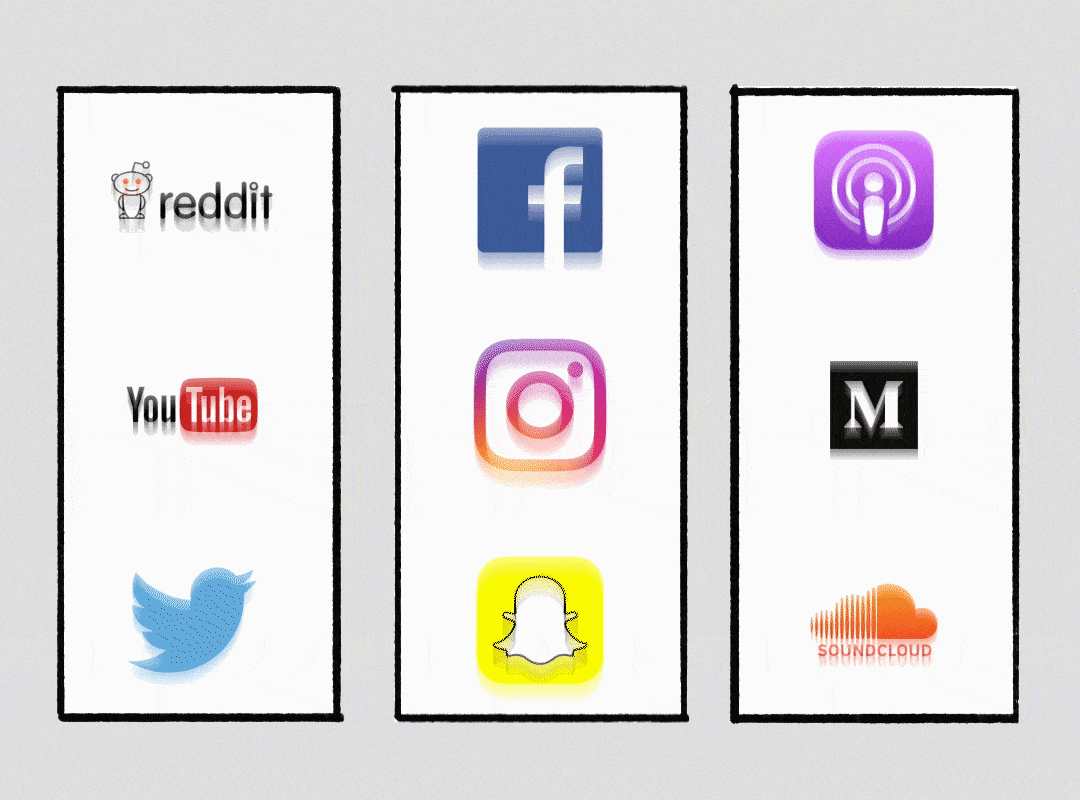
So stop being so romantic and figure out the way the world actually works.
When time is the asset, how do I story tell on social media and give you something that you can consume very easily and very quickly?
When I think about the creatives that I work with for the media agency I run, we’ve gone from 20 to 800+ people in the last 8 years. Obviously we are doing something right.
I truly believe for the last 70 years we’ve lived through an era that can be best categorized as “movies and docs.” Heavy thinking, a lot of prep work and a lot of time spent planning the shot, the script, the lighting and everything else.
And don’t get me wrong, there is nothing wrong with that, there is still a place for blockbuster content and I love a great movie. It’s just one way of telling a story and the only thing I’m preaching is that you just have to be aware of how consumption has changed. People watch movies every day on their phone. It’s called Instagram stories and YouTube!
I just don’t think movies are the only way now. Banner ads and billboards and 2 million dollar commercials aren’t the only things we can do now, and so we have this other avenue where we have to start respecting the nuances of the new platforms.
I have 800+ people who spend their entire days’ lives thinking about how to actually market and story tell, where our eyeballs and ears actually are, because they’re not in the places where a lot of companies and entrepreneurs and businesses think.
And listen, I’m not here to pick on outdoor media, print, radio, or television because it’s just too easy. I can pick on digital too. Even the way digital works has completely changed.
Think about Google AdWords, starting to decline. Email Marketing. Down. Banner ads and Youtube Pre-rolls. Down.
I built my first business, my wine business on email marketing. How many people today would use email marketing as their #1 strategy? Things have changed! It’s impossible to repeat the 89% open rate I had in 1996 with a 400,000 person email list.
It’s because marketers ruin everything. As a proud marketer, it’s what we do. When something new comes out, we try to figure it out. Go look back at 1995 to 2000 clicks throughs on banner ads, 10%, 20%, 30%. Now, if you get point .01, you’re a hero.
Attention changes. Tools change. The mediums in which we storytell continue to change.

THE NUANCES OF EACH SOCIAL NETWORK
The reason why Facebook has won is because you never unsubscribed. You’re still following people on Facebook that dated your best friend four years ago, which is what we do, we don’t want to unsubscribe. It’s an important medium. It has a tremendous amount of attention.
Everybody looks at social networks as distribution. You’re doing something somewhere else and then you’re using the tweet to drive towards it.
You’re using the Facebook status update to drive towards it. We default into thinking that social networks are distribution, because we treat it like email to really win in the world that we’re all about to embark into, we need to start respecting the nuances of these platforms.
And when I say “social networks” I’m just using that as a general term to describe any websites where people actually spend time and interact with each other’s content.
Social media is the layer on top of the internet. These are the new mediums and they are the portals for which you need to create.
When you start looking at the data, you realize that posting the same thing across every channel doesn’t work.
You post the same exact thing at the same exact time on two different networks that incentivize different behaviors and you will lose.
So when you think about Facebook, Pinterest, Instagram and Twitter, understand that they are very, very different.
When you are on Facebook, that’s an all encompassing awareness around your social graph. When you’re on Pinterest your psychology is intent to buy or aspiration to buy. You need to be storytelling differently on those platforms. You have to be giving them different visuals that are mapped to the psychology not to the number of users that are there… But to reverse engineer why they are there!
If you don’t have a strong understanding of why a user is on Pinterest vs. Snapchat then you are going to lose.

You really have to start focusing on this because when you start looking at it, the one thing that is really deteriorating in our world is the amount of time we have. Everybody’s pounding at this one asset. It’s the one asset that none of us are going to get more of, and the battle of supply and demand for our attention is completely out of control.
I’ve stopped being excited about outdoor media because I was looking around and I saw everyone on their phones.
Yet my clients are spending hundreds of millions of dollars trying to tell stories on billboards.
We’re living through a major culture shift and the only thing anybody reading this should care about is where the attention actually is.
We have to get out of this stupid thought of awareness and we have to start getting to emotional attention. Are we actually bringing them value? Do we actually talk to them about what they want in the spheres in which they actually are? It’s not about advertising, It’s about bringing value in the sphere.
You don’t need a business objective for every piece of creative, because we live in a world now where it’s not just about campaigns where you only have two or three minutes to spend all of your money. We live in a world where we’re doing it every day, all day, from every angle.
We have the creative freedom to actually act human and bring a little value, be funny, bring value, bring value, respond, engage, bring value, make it human and make it newsworthy 🙂
A funny thing happens when you give a truckload of value upfront, you guilt people into buying shit. You evoke a reaction and you develop a relationship.
The thing you have to remember is these are all social networks. Any content and story can work. It can be serious, sentimental, funny, sad, educational, nostalgic.. All of it works!
You don’t have to be funny or witty on Twitter, you can be whatever you want. It’s a human platform, and the problem is most people don’t want to be self-deprecating or have empathy or be kind and it’s a mistake when it comes to true storytelling.
If we do not figure out the art and the science of how to actually storytell on these platforms then we will lose.

No company has had an eternal monopoly on attention and I promise you things will change. You just have to accept that change and be open to storytelling on the mediums of the moment.
When you are telling your story, realize how stupid it is to use the same picture on Instagram, Facebook, Twitter, and Tumblr. Understand there’s a real science in this, a real storytelling battle going on right now in these platforms and understanding that you as an individual act differently when you go into a boardroom and to a business meeting than you would when you go out with your girls to Las Vegas for the weekend than when you would when you go out with your boyfriend.
It’s the context that’s key. You’re still the same person but the room changes the way you story tell.
Never forget that truth.
Thanks for reading ❤
